The Supreme Court again GVRed (Grant, Vacate, Remand) a Federal Circuit case related to patentable subject matter in light of Mayo v. Prometheus. Earlier, they had done the same with the Myriad decision. The procedure sends the case back to the Federal Circuit to be re-decided in light of the Supreme Court’s other opinion.
What separates the WildTangent GVR from the Myriad one is the subject matter involved. Myriad’s patent, like Prometheus’, related to medical diagnostics so the review of the claims would be, at least in some part, analogous. However, Ultramercial patent claims relate to a computer system for distributing copyrighted material over the internet.
Clearly, the Supreme Court would extend its holding related to medical diagnostics to other areas of art and possibly reign in patentable subject matter as it applies to software. The results could be interesting as the language of the Mayo decision may be difficult to apply in this context. While the Mayo decision focuses on the “Law of Nature” exception to patent eligibility under §101, the analysis in this case will revolve around what is an “Abstract Idea.” It’s not entirely clear how the Court’s analysis regarding “Laws of Nature” would apply. The crux of the issue will be the determination of what portions of the Ultramercial claims are merely “Abstract Ideas” and does the rest of the claim sufficiently carve out a patentable method.
Claim 1 of the Ultramercial patent reads:
1. A method for distribution of products over the Internet via a facilitator, said method comprising the steps of:
a first step of receiving, from a content provider, media products that are covered by intellectual-property rights protection and are available for purchase, wherein each said media product being comprised of at least one of text data, music data, and video data;
a second step of selecting a sponsor message to be associated with the media product, said sponsor message being selected from a plurality of sponsor messages, said second step including accessing an activity log to verify that the total number of times which the sponsor message has been previously presented is less than the number of transaction cycles contracted by the sponsor of the sponsor message;
a third step of providing the media product for sale at an Internet website;
a fourth step of restricting general public access to said media product;
a fifth step of offering to a consumer access to the media product without charge to the consumer on the precondition that the consumer views the sponsor message;
a sixth step of receiving from the consumer a request to view the sponsor message, wherein the consumer submits said request in response to being offered access to the media product;
a seventh step of, in response to receiving the request from the consumer, facilitating the display of a sponsor message to the consumer;
an eighth step of, if the sponsor message is not an interactive message, allowing said consumer access to said media product after said step of facilitating the display of said sponsor message;
a ninth step of, if the sponsor message is an interactive message, presenting at least one query to the consumer and allowing said consumer access to said media product after receiving a response to said at least one query;
a tenth step of recording the transaction event to the activity log, said tenth step including updating the total number of times the sponsor message has been presented; and
an eleventh step of receiving payment from the sponsor of the sponsor message displayed.
Under Mayo, the Federal Circuit will likely have to carve out those parts of the claims that are “abstract ideas” and then determine if what is left constitutes an otherwise patentable invention. It is unclear to me how this will be done, but it is quite possible that the Federal Circuit will arrive at the same conclusion as before but this time using language from the Mayo decision. The result will be another appeal to the Supreme Court (unless the case settles) that puts everything in the same position a year from now.

